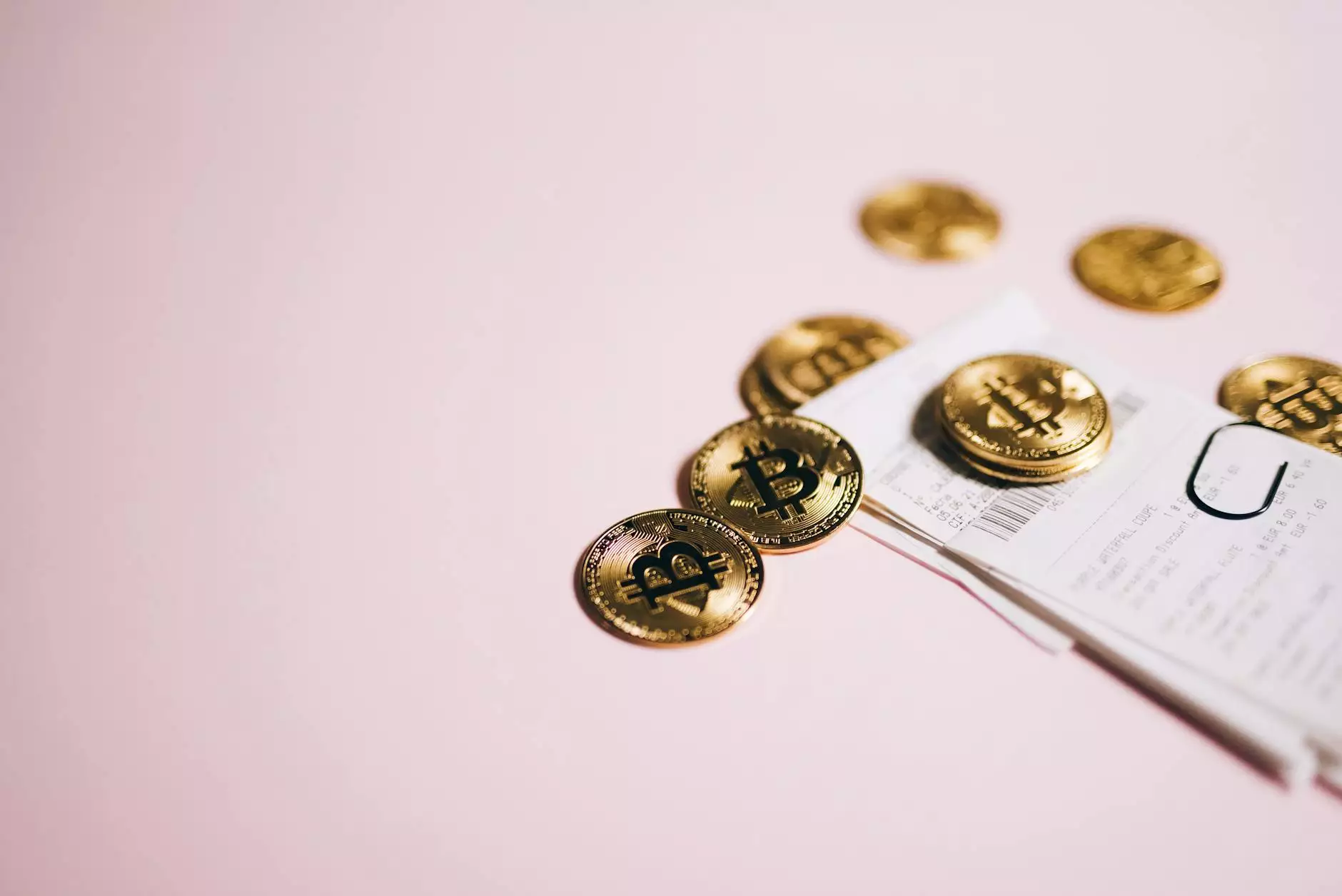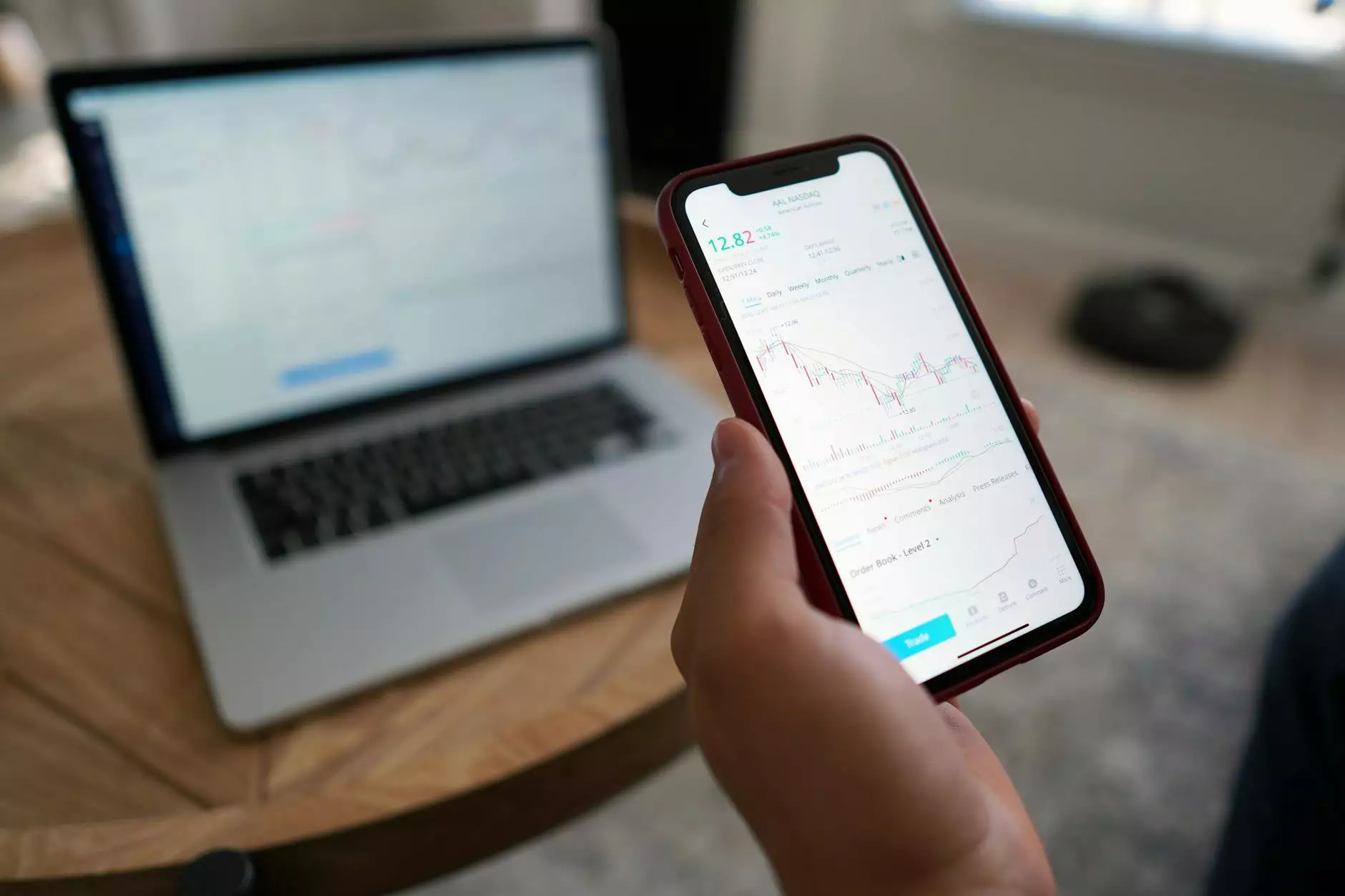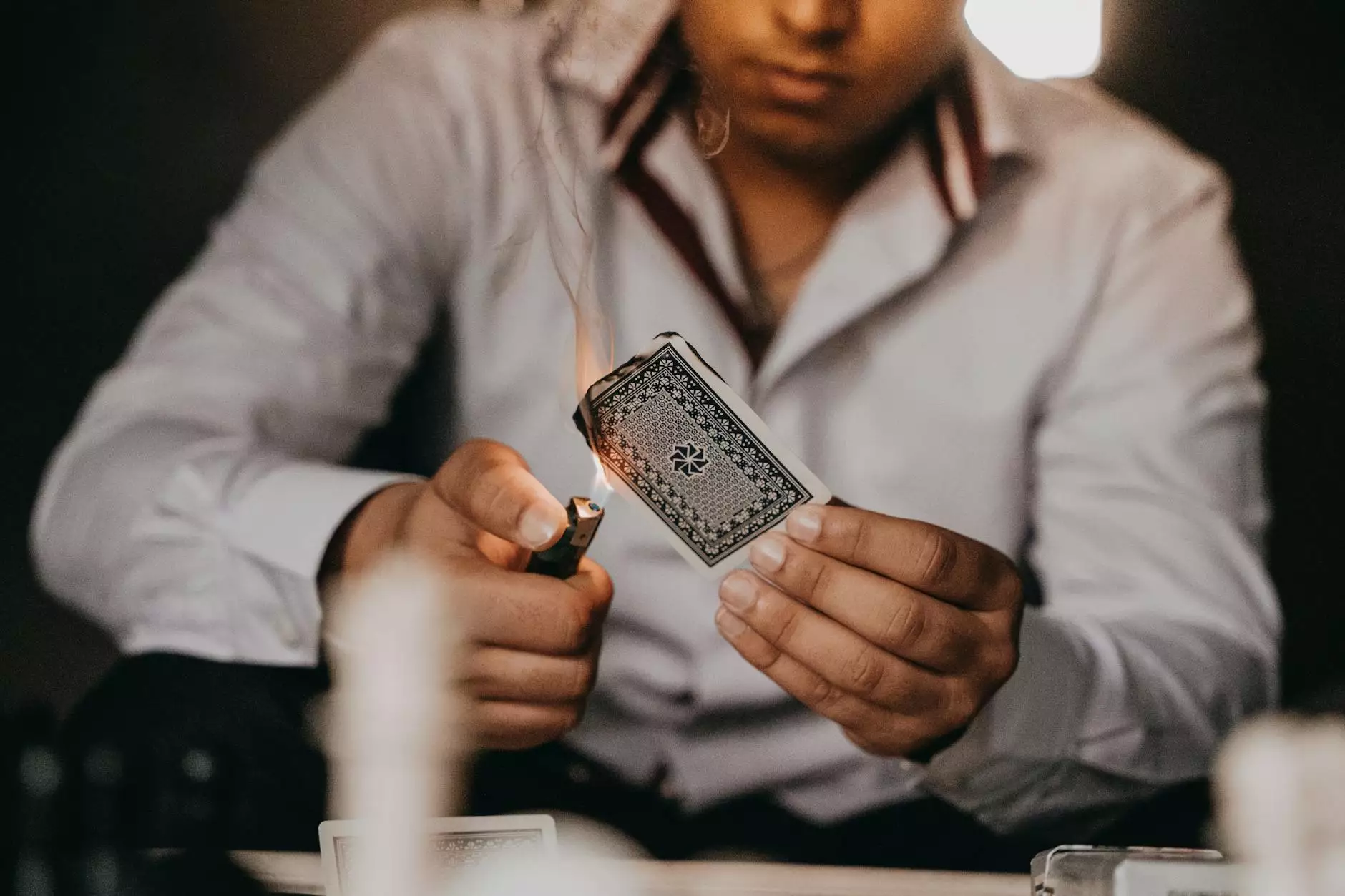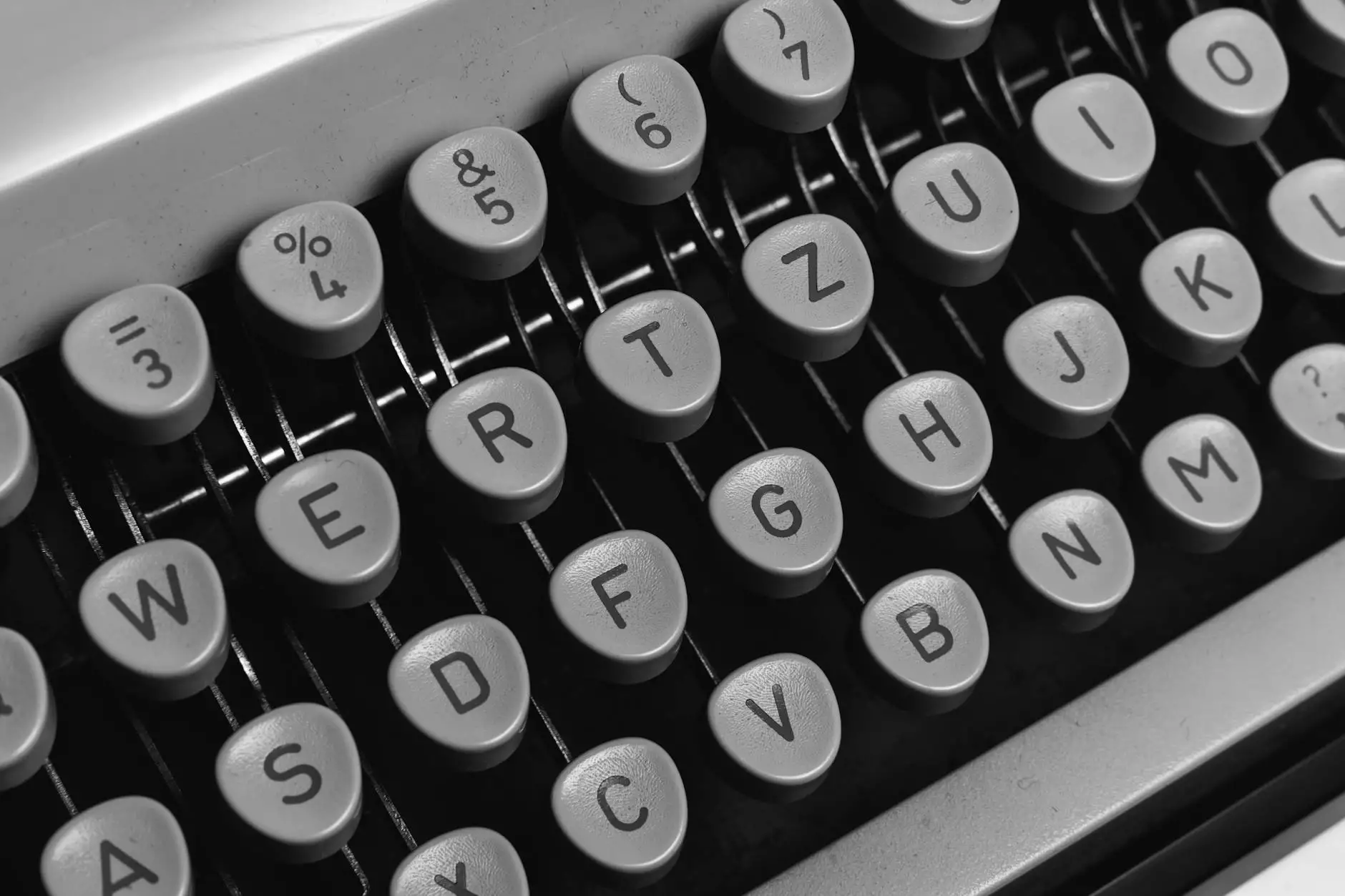Understanding Precious Metals Spot Price: Investing in Gold, Silver, Platinum, and Palladium

The world of precious metals is both fascinating and rewarding for investors. With rising economic uncertainties and increasing inflation, many individuals are turning to precious metals as a sound investment strategy. This article delves into the concept of precious metals spot price, the significance of different types of metals such as gold, silver, platinum, and palladium, and how you can effectively invest in these commodities for financial security.
The Basics of Precious Metals
Precious metals are rare, naturally occurring metallic elements that have high economic value. Unlike common metals, precious metals are valued for their scarcity, beauty, and functionality in various applications, including jewelry, electronics, and investments. The primary precious metals that attract investors include:
- Gold
- Silver
- Platinum
- Palladium
What is Spot Price and Why is it Important?
The term spot price refers to the current price at which a particular commodity, such as gold or silver, can be bought or sold for immediate delivery. It is a crucial indicator of the market value of precious metals. Understanding spot prices is integral for investors because:
- Market Insight: Spot prices reflect the real-time supply and demand dynamics in the market.
- Investment Timing: Tracking spot prices can help investors decide when to buy or sell their assets.
- Profit Calculation: Knowing the spot price allows investors to compute the potential profit or loss on their investments.
Factors Affecting Precious Metals Spot Price
The precious metals spot price is influenced by a variety of factors that investors should be aware of:
1. Global Economic Conditions
Economic stability or instability affects investor behavior. During uncertain times, more investors flock to precious metals, driving up prices.
2. Geopolitical Events
Conflicts, natural disasters, and other geopolitical events can lead to fluctuations in precious metal prices as investors seek safer assets.
3. Mining Production
The supply of precious metals is impacted by mining outputs. A decrease in mining can increase spot prices due to scarcity.
4. Currency Strength
A weaker currency, particularly the US dollar, often results in a higher spot price for precious metals as they become cheaper for foreign investors.
5. Interest Rates
Lower interest rates make precious metals more attractive as investments compared to interest-bearing assets, driving up demand and prices.
Investing in Gold
Gold has been a symbol of wealth and stability for centuries. It is the most sought-after precious metal for investment due to its liquidity, and safety.
Gold Spot Price
The gold spot price reflects the current market price for gold. It varies throughout the day due to market transactions and economic news. Investors can track the gold spot price through financial news outlets, online trading platforms, and dedicated precious metal websites.
How to Invest in Gold
Investors can choose from various options when it comes to investing in gold:
- Gold Bullion: Physical gold bars or coins. This is a direct investment with a tangible asset.
- Gold ETFs: Exchange-traded funds that track the price of gold, allowing for easy trading.
- Gold Mining Stocks: Shares in companies that mine for gold. This option can offer leveraged exposure to gold prices.
Investing in Silver
Silver is often regarded as the "poor man's gold." However, it is an invaluable asset in its own right, with industrial applications driving demand.








